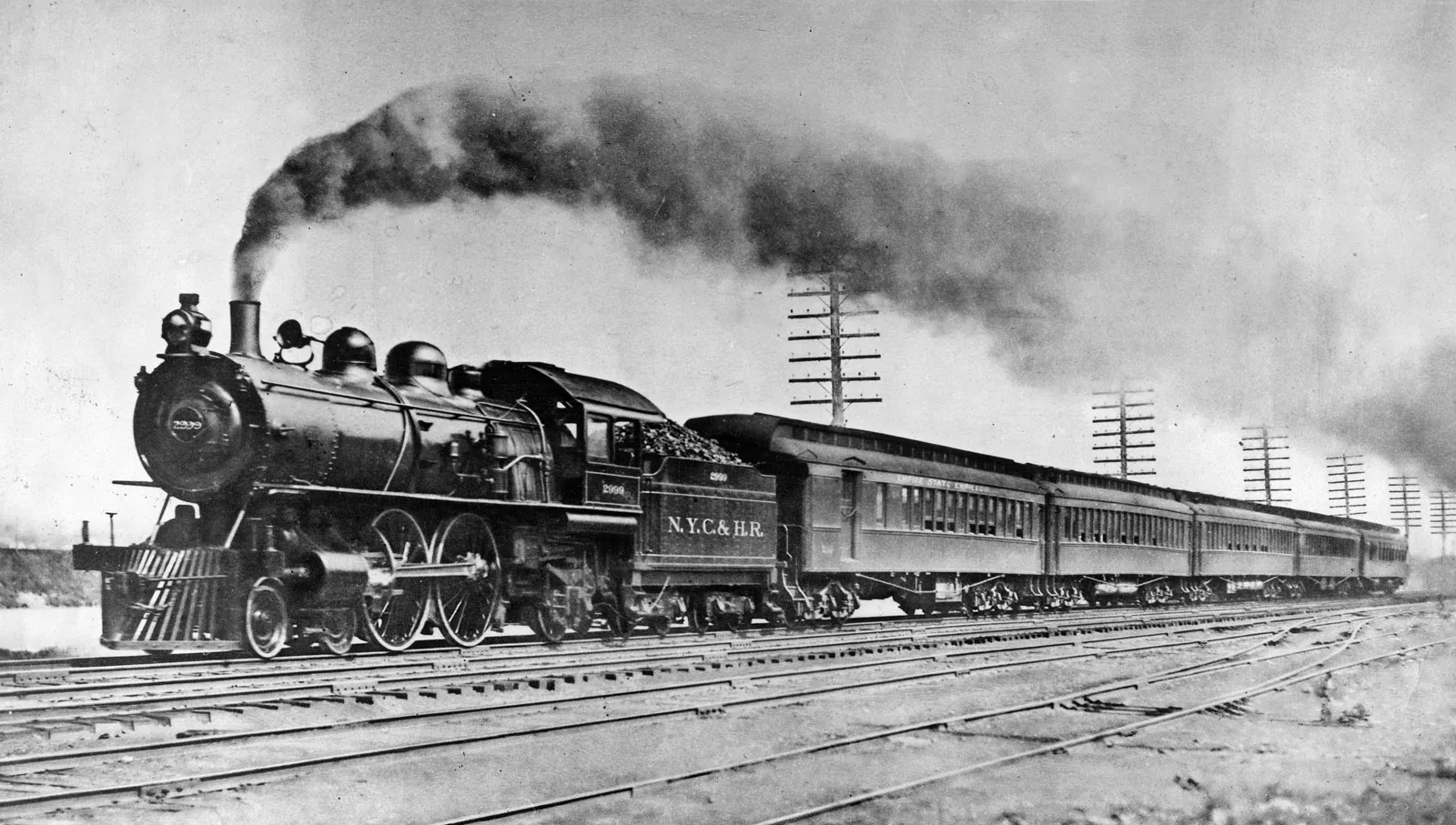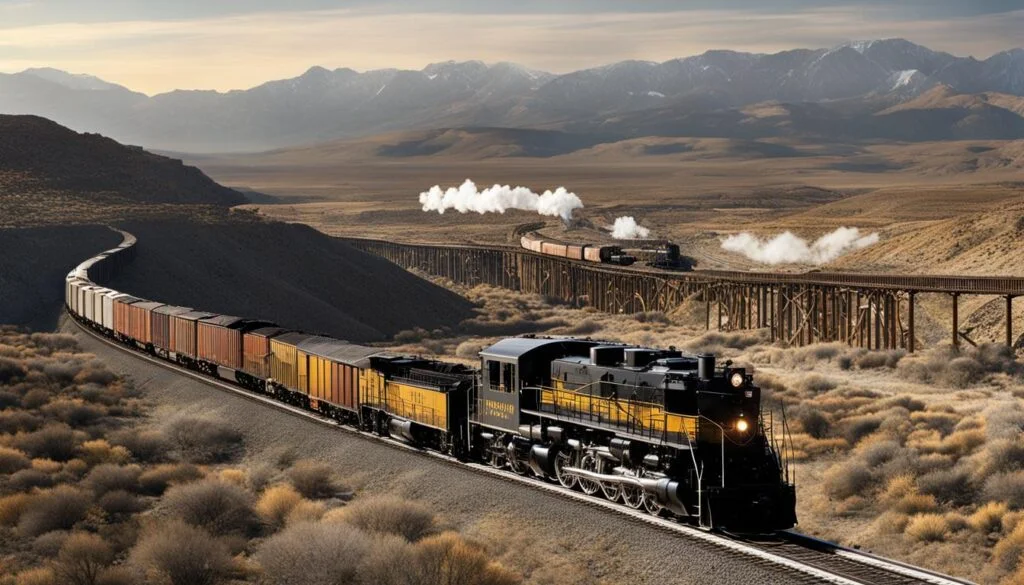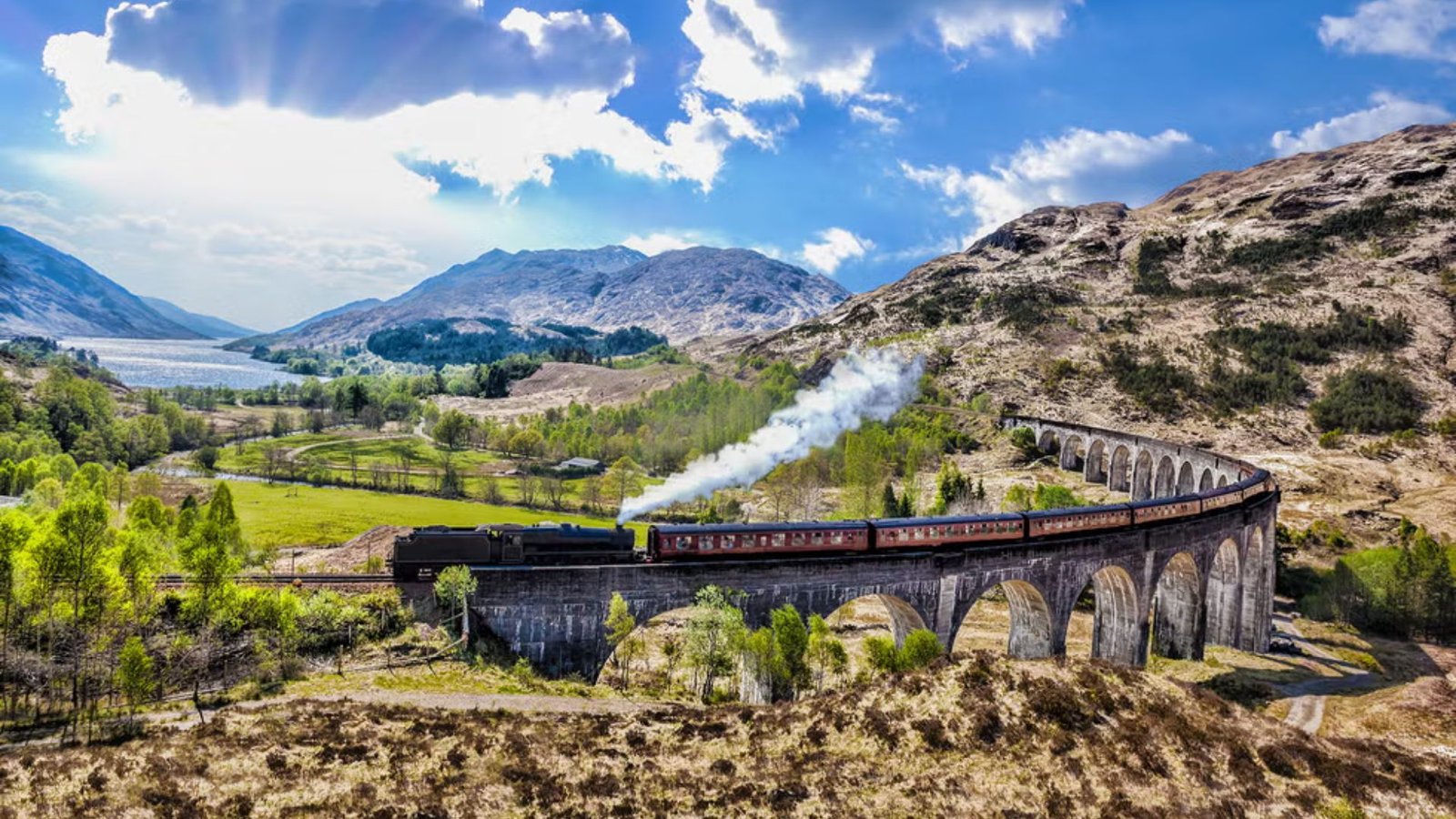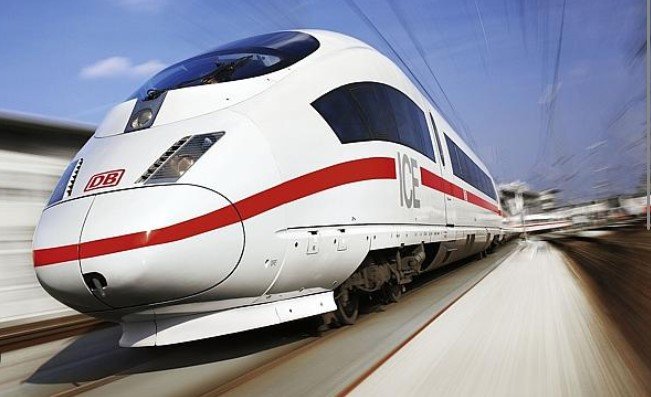The expansion of railroads in the 19th century played a pivotal role in shaping the history and development of the United States. As settlers moved westward in search of new opportunities, railroads were a key factor in making the vast American West accessible. The construction of the Transcontinental Railroad and other rail lines revolutionized the nation’s economy, facilitated migration, and transformed the cultural and social landscape of the American frontier.
In this article, we will explore how railroads influenced the westward expansion of the United States, changing the course of history and the future of the nation.
1. The Transcontinental Railroad: A Game-Changer for the West
The construction of the Transcontinental Railroad is often considered one of the most significant events in the history of westward expansion. Completed in 1869, this railroad connected the eastern United States to the West Coast, dramatically shortening the travel time for people and goods moving between the two regions.
Linking the East to the West
Before the completion of the railroad, the journey across the United States was long and perilous. Travel by wagon or stagecoach could take months, and many settlers faced the dangers of harsh weather, difficult terrain, and even Native American resistance. The Transcontinental Railroad, however, reduced the trip from several months to just one week, making the vast frontier much more accessible.
By connecting the Atlantic and Pacific coasts, the Transcontinental Railroad opened up a world of possibilities for westward expansion. It allowed settlers to more easily travel to the western territories, bringing with them families, supplies, and hopes of a better life. Moreover, it created a reliable and efficient means of transporting goods, including agricultural products, minerals, and manufactured goods, thus spurring economic growth in the West.
2. Facilitating Migration and Settlement
The arrival of the railroad was a significant catalyst for the mass migration to the American West. With the availability of a faster, safer, and cheaper way to travel, people from the eastern states, Europe, and even China, began to flood into the western territories. The construction of rail lines encouraged settlers to establish homesteads and communities in previously inaccessible areas.
Homesteaders and the Homestead Act
The U.S. government incentivized westward migration through the Homestead Act of 1862, which granted 160 acres of land to settlers who were willing to farm and improve the land. Railroads played a crucial role in the success of the Homestead Act by providing transportation for settlers and supplies, making the act a reality for thousands of families.
The railroad companies themselves were often awarded large tracts of land by the government, which they sold or granted to settlers in exchange for constructing rail lines. These land grants spurred the growth of railroad towns and cities in the West, as new settlers and workers established thriving communities along the railroads. Cities like Denver, Salt Lake City, and Cheyenne grew rapidly due to their proximity to rail hubs, and many of these towns became integral centers for trade, commerce, and industry.

3. Economic Transformation and Trade Expansion
The railroads did more than just move people—they also facilitated the movement of goods, which was essential for economic growth. With rail lines extending across the country, raw materials, agricultural products, and manufactured goods could be transported quickly and efficiently, boosting trade and commerce.
Opening New Markets for Western Goods
The American West became a vital source of resources for the growing nation. Railroads allowed farmers to ship crops such as wheat, corn, and cattle to markets in the East, while miners were able to send precious metals like gold and silver back to eastern cities. This opened up national and international markets for western goods, contributing to the economic development of both the West and the rest of the country.
At the same time, railroads brought new goods and services to the West, such as clothing, tools, and building materials, which helped support the growing population and economy. Railroads also helped connect the agricultural and mining industries in the West with the emerging industrial economy in the East, which was critical in transforming the United States into an industrialized nation.
4. Impact on Native American Communities
The expansion of railroads had profound and often devastating consequences for Native American communities in the West. As rail lines stretched across the continent, they disrupted traditional ways of life, leading to the displacement of Indigenous peoples and the loss of their ancestral lands.
Encroachment on Native Lands
The construction of railroads often meant the encroachment of settlers on Native American lands. The government and railroad companies built tracks through Native American territories, which led to the disruption of hunting grounds, sacred sites, and communities. The influx of settlers and miners, along with the increased military presence to protect the railroads, further marginalized Native American populations.
In addition to the social and cultural impacts, the railroad also facilitated the movement of settlers and military troops who fought wars against Native American tribes, contributing to their forced relocation to reservations. The arrival of railroads, while beneficial for many settlers, marked the beginning of a dark chapter for Indigenous peoples, as their way of life was profoundly altered.
5. Transforming the American Frontier: A New Era of Connectivity
The arrival of railroads in the West signaled the end of the frontier era and the beginning of a new era of connectivity. Railroads made the once-distant frontier a vital part of the national economy and culture. Western towns and cities became hubs of commerce and industry, connected to the rest of the country by a rapidly expanding rail network.
The Social Impact of Railroads
Railroads also brought significant changes to social dynamics. As transportation became easier, people from different regions of the United States, as well as immigrants from around the world, moved to the West, leading to a diverse, multicultural society. The construction of railroads also facilitated the movement of mail, news, and ideas, helping to shape the social fabric of the Western United States.
Conclusion
The expansion of railroads in the 19th century was a critical factor in the westward expansion of the United States. The construction of the Transcontinental Railroad, the movement of settlers, and the economic transformation of the region helped shape the modern American West. While the impact on Native American communities was devastating, railroads contributed to the development of vibrant cities, facilitated trade and commerce, and opened new markets for goods. Today, the legacy of the railroads continues to be felt across the American West, as rail lines remain a vital part of the region’s infrastructure and identity.




